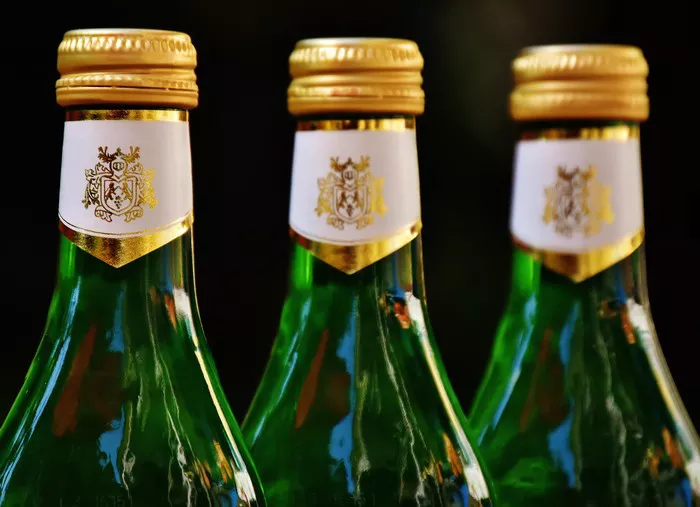Chardonnay, a beloved and versatile white wine, graces tables and glasses with its crisp and elegant flavors. For those conscious of their caloric intake, understanding the caloric content of this popular wine is key to making informed choices. In this article, we unravel the mystery of how many calories are in a bottle of Chardonnay, shedding light on factors that influence calorie count and considerations for mindful consumption.
Calories in Chardonnay: The Basics
When it comes to wines, including Chardonnay, the caloric content is primarily derived from alcohol and residual sugars present in the wine. Chardonnay is a type of white wine made from the Chardonnay grape variety, known for its range of styles from oaked to unoaked, and flavors ranging from fruity to buttery. The caloric content of Chardonnay can vary based on factors such as the winemaking process, residual sugar levels, and the specific brand or vineyard producing the wine.
Average Calories in a Bottle of Chardonnay
On average, a standard 750 ml bottle of Chardonnay contains approximately 600 to 700 calories. However, it’s important to note that the caloric content can vary depending on the specific Chardonnay and its characteristics. Wines with higher alcohol content and sweeter flavor profiles may have slightly more calories.
Factors Influencing Caloric Content
Several factors contribute to the caloric content of a bottle of Chardonnay:
Alcohol Content: Alcohol is a significant source of calories in wine. Wines with higher alcohol by volume (ABV) tend to have more calories. Chardonnay wines with a lower ABV will generally have fewer calories.
Residual Sugar: The sugar content remaining in the wine after fermentation is called residual sugar. Sweeter Chardonnay wines, which may contain higher levels of residual sugar, will have more calories.
Winemaking Techniques: Winemaking techniques, such as the use of oak aging or malolactic fermentation, can influence the flavor profile and texture of Chardonnay. While these techniques don’t directly impact calories, they can affect the perception of sweetness and overall enjoyment.
Vintage and Region: Factors like the vintage (the year the grapes were harvested) and the wine’s region of origin can also influence the wine’s characteristics, including its caloric content.
Mindful Consumption of Chardonnay
While understanding the caloric content of Chardonnay is valuable for those who want to make mindful choices, it’s essential to approach wine consumption with moderation and consideration. Here are a few considerations:
Portion Size: A standard serving of wine is about 5 ounces (148 ml). Be mindful of your pour to help manage your caloric intake.
Caloric Balance: Consider the overall balance of your diet when enjoying a bottle of Chardonnay. Pair it with nutrient-rich foods to create a more balanced dining experience.
Occasional Enjoyment: Wine, including Chardonnay, can be enjoyed as part of social occasions or special moments. Moderation is key to maintaining a balanced lifestyle.
Stay Hydrated: Alcohol can have a dehydrating effect, so be sure to drink water alongside your Chardonnay to stay hydrated.
Conclusion
Chardonnay, with its diverse flavor profiles and ability to accompany various dishes, is a cherished choice among wine enthusiasts. Understanding the caloric content of a bottle of Chardonnay allows you to make informed decisions that align with your dietary preferences and health goals. While a standard bottle of Chardonnay contains approximately 600 to 700 calories, it’s important to remember that factors such as alcohol content, residual sugar, and winemaking techniques can influence the final caloric count. As you raise your glass to enjoy the nuances of this classic white wine, do so with a sense of mindfulness and appreciation for the flavors that unfold on your palate. Remember, it’s not just about the calories in the bottle but the experience that each sip brings to your senses.


